The features of insulin pumps differ between models, but there are many similarities and it’s usually not too hard to change to a different model. But one subtle but confronting difference can be the way we can set a basal profile of insulin delivery. However adjusting to a new method is usually not a hard problem.
Splitting the day up into time blocks, we can set a default rate (in U/hour) for each block. Being able to vary the default basal delivery through the day is immensely important in managing our diabetes. The increment available on most pumps gets larger as the dose increases, but the following examples at least apply for doses up to 1.0 U/hour.
0.025U/hr every 30 minutes
In pumps like the Animas Vibe, Medtronic Paradigm Revel 523/723 and Veo 554/754, and the Medtronic 640G we can set a new rate for every 30 minutes, in steps of 0.025 U/hr. Thus if we want we can set a rate of 0.675 U/hr.
I’m going to use an example this profile (which is actually the one I’ve been using on a Veo 554 pump):
As you can see, there’s one rate change on a half-hour boundary, and some rates at 0.025 increments (e.g. 0.875 U/hr for most of the day).
A “gotcha” with 30-minute boundaries
To implement a basal rate, the pump usually injects a fraction of the insulin every few minutes, rounding the dose to the nearest available increment (usually the same as the hourly rate increment). So in some cases the pump will experience a rounding error to the nearest increment when you change rate half-way through the hour.
This is not something you usually have to worry about, although if you were to set a tiny 0.025 U/hr dose for only 30 minutes, the pump can in some cases end up rounding down and delivering no basal insulin at all in that time. But usually the rounding error is so small that you won’t notice it.
0.05U/hr every 30 minutes
In pumps like the Medtronic Paradigm 512/712, 515/715, and 522/722 we can set the rates in steps of 0.05 U/hr in blocks to 30-minutes boundaries.
Thus we can’t choose 0.675 U/hr, having to choose 0.65 or 0.70 instead. I haven’t found this restriction to be a problem though. To get an initial profile to match the above, I would choose something like this red one:
As you can see, by swapping the rate up and down every 30 minutes, I can get a good approximation of the original profile. The insulin takes a little while to have effect (with a long tail of activity) and with 48 possible changes per day it tends to even out quite nicely. The difference in total basal insulin for the day is only 0.0125 units! However, that is a theoretical difference (remember the pump can round up/down due to 30-minute boundaries). Hopefully it won’t be noticed.
Either way, if you’re someone who is really sensitive to insulin and has very low basal rates (where for example the difference between 0.100 U/hr and 0.125 U/hr actually becomes quite significant) then smaller increments can be a significant advantage in tuning your pump’s basal profile to approximate your body’s basal insulin needs. I’m sure many children fall into this category.
But my experience is that for myself the difference is mainly only one of convenience, and 0.05 U/hour increments are fine.
0.05U/hr every hour
However, if I did notice that the pump was consistently rounding down and possibly resulting in 0.85 U/hr instead of averaging out to 0.875, I would probably change the altering cycle to hourly to eliminate the pump’s rounding errors.
Incidentally, this is also the sort of profile I would have to use with the Cellnovo pump, which limits us to 0.05U/hr increments with hourly changes
I might notice a little more “lumpiness” in the basal insulin, but probably not.
0.02U/hr every hour
The Ypsopump (about to be introduced to Australia) is different again, with only set one basal rate for each hour. We do lose a bit of flexibility, but we gain in precision.
Incidentally, pumps that set the profile on hour boundaries typically do not experience the same rounding errors seen in pumps with 30-minute boundaries: if you had a basal rate of 0.02 U/hr for one hour, the pump should inject at least one dose of 0.02 units.
The theoretical difference in total daily basal insulin from the original profile is slightly larger, but still only 0.0175 units.
Just an approximation!
I must stress that this is just my initial approximation, and I would probably tune the basal profile from there. You can of course consult with your HCP (for example diabetes educator) to get their feedback on your own plan.
0.01U/hr every hour
The Accu-Chek Spirit Combo and the DANA R/RS pumps only let you set one rate for each hour, but you can set it quite precisely.
Here the theoretical difference from the original is only 0.075 units for the day. But with the increased precision of these pumps, I might decide that instead of alternating rates to try to approximate 0.875 U/hr, maybe 0.87 U/hr was actually a better match for my body’s requirements. Again this profile is just a starting point.
Just for laughs, here are all those graphs superimposed:
Using a DIY closed-loop system
Keep in mind that if you’re looping, the basal profile is just used as a starting point (and as a fallback for if your loop controller goes away). It is important to have an accurate profile as the loop typically does its maths based off that assumption, but the loop will raise/lower the basal insulin flow as required to maintain your optimal glucose level under changing conditions.
With OpenAPS and a Medtronic pump you would set the profile in the pump and the loop will read it from there.
With Loop you need to set the rates in both the Loop app and the pump. I would put my ideal rates into the app, and the approximation into the pump. I would also ensure I’m not using the Loop “neutral temp” customisation, so that the pump basal settings were only used as a backup when my loop was not running for some reason.
With AndroidAPS (which currently supports the DANA and Accu-Chek pumps) the app makes sure the rates are the same in the pump and the app.
Review and tweak
I found it important to occasionally review my basal profile (e.g. by turning off the loop and having an extremely low-carb day) as my body’s needs have changed over time.
This is especially important with a “manual pumping” arrangement, but it’s also important for the closed-loop systems. Of course the above DIY closed-loop systems can also use OpenAPS’s autotune feature to provide feedback on your basal rates.

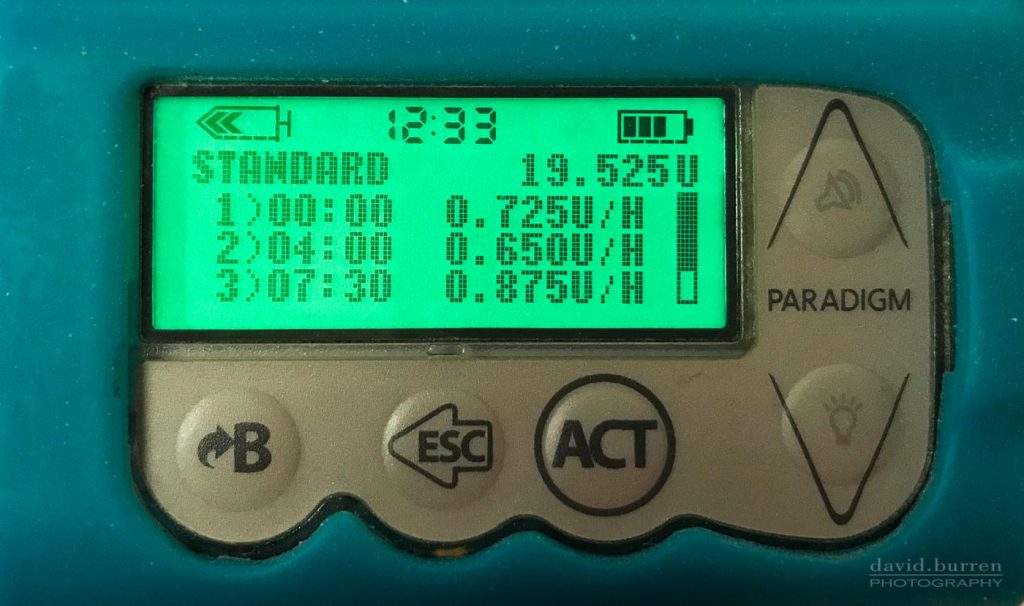
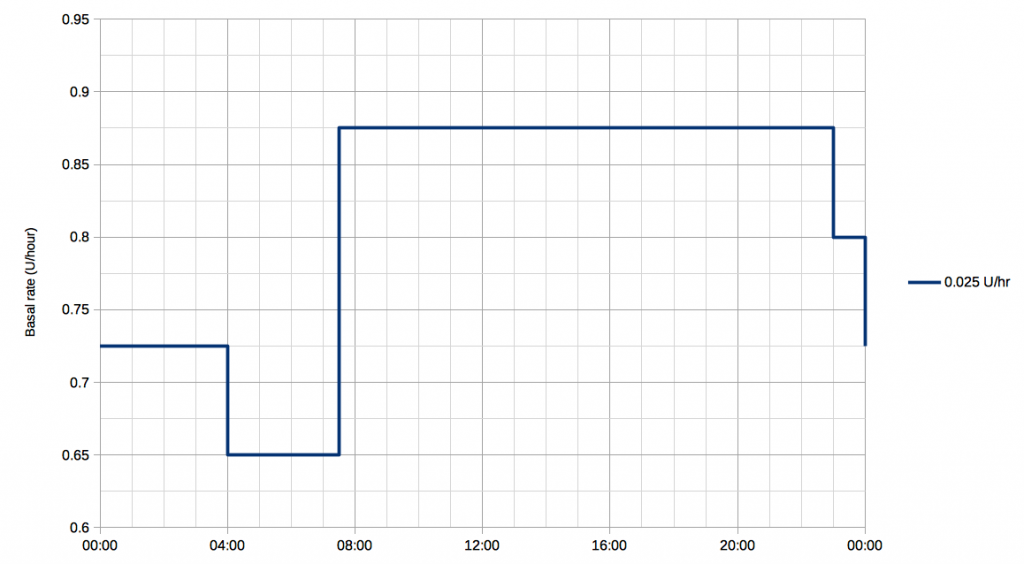
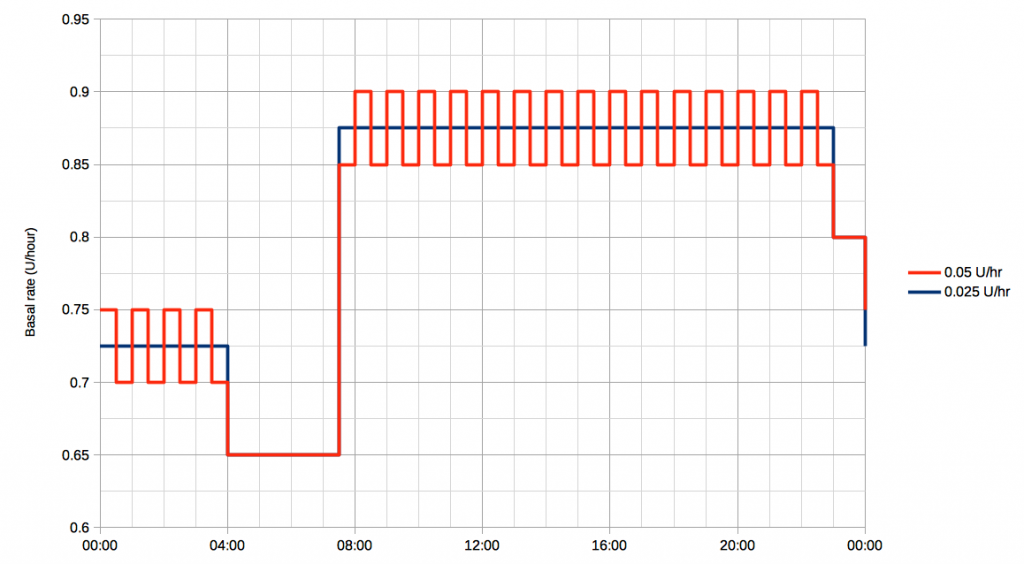
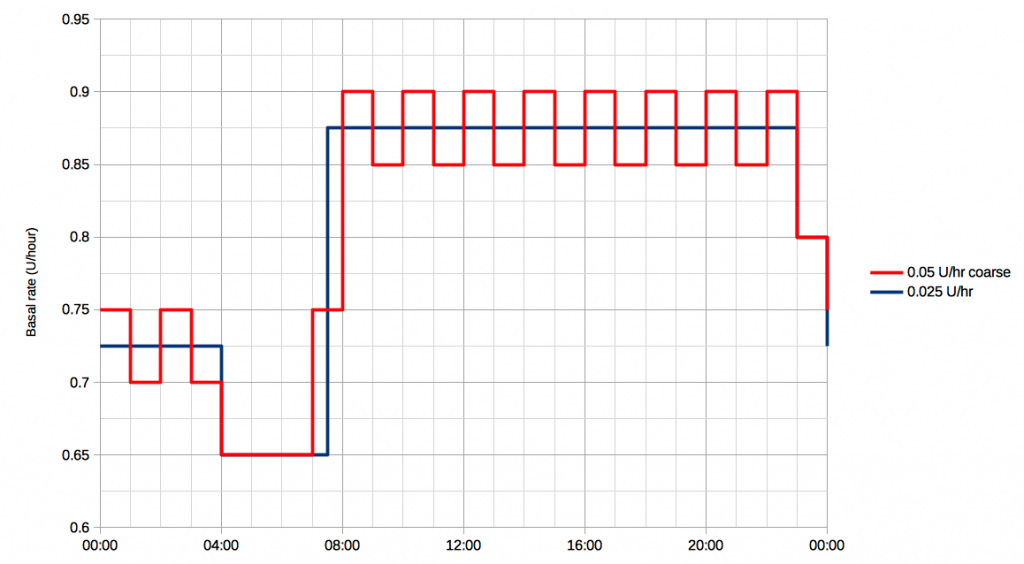
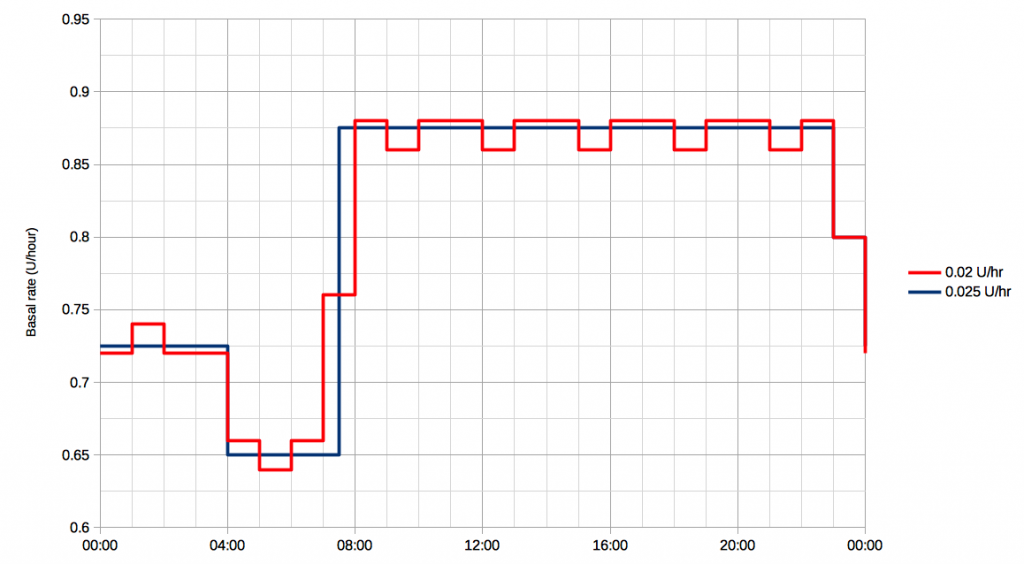
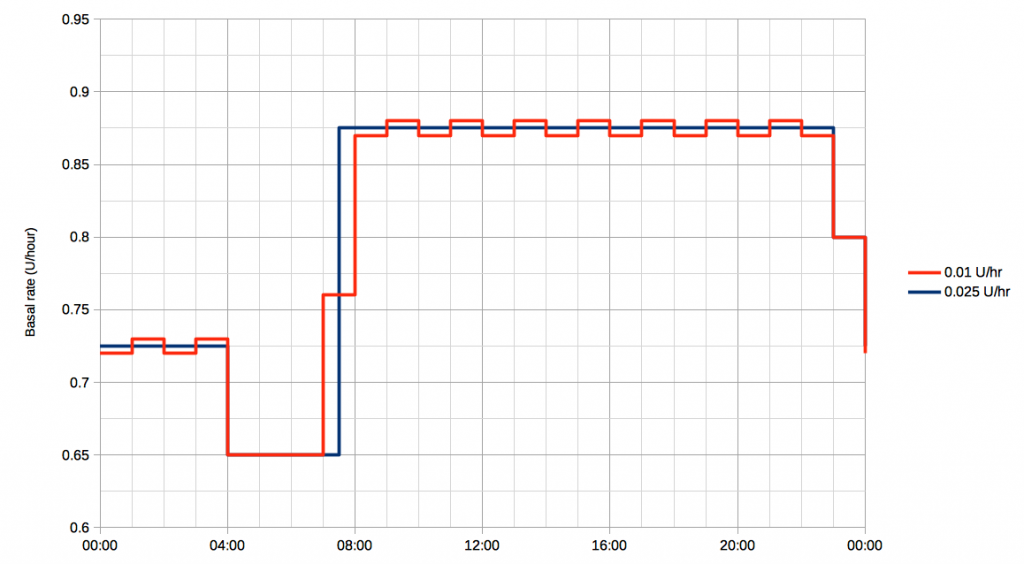
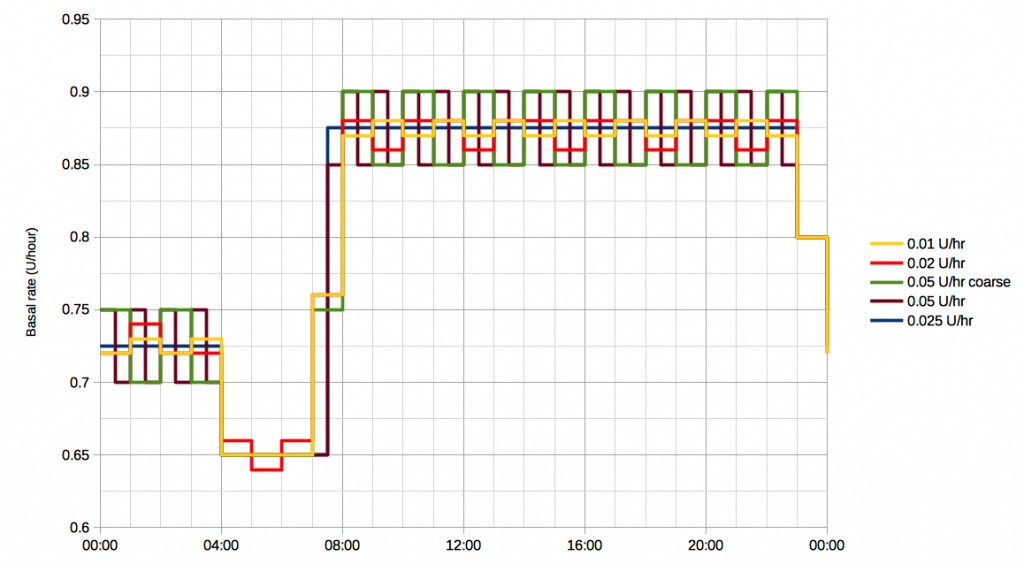
Thanks David. When using Open APS I had tweaked a couple of my basal rates based on how often and consistently may basal was decreased by the rig. Now that I am just pumping whilst I trial the Ypsomed pump I have had to adjust my basals back to prelooping rates.